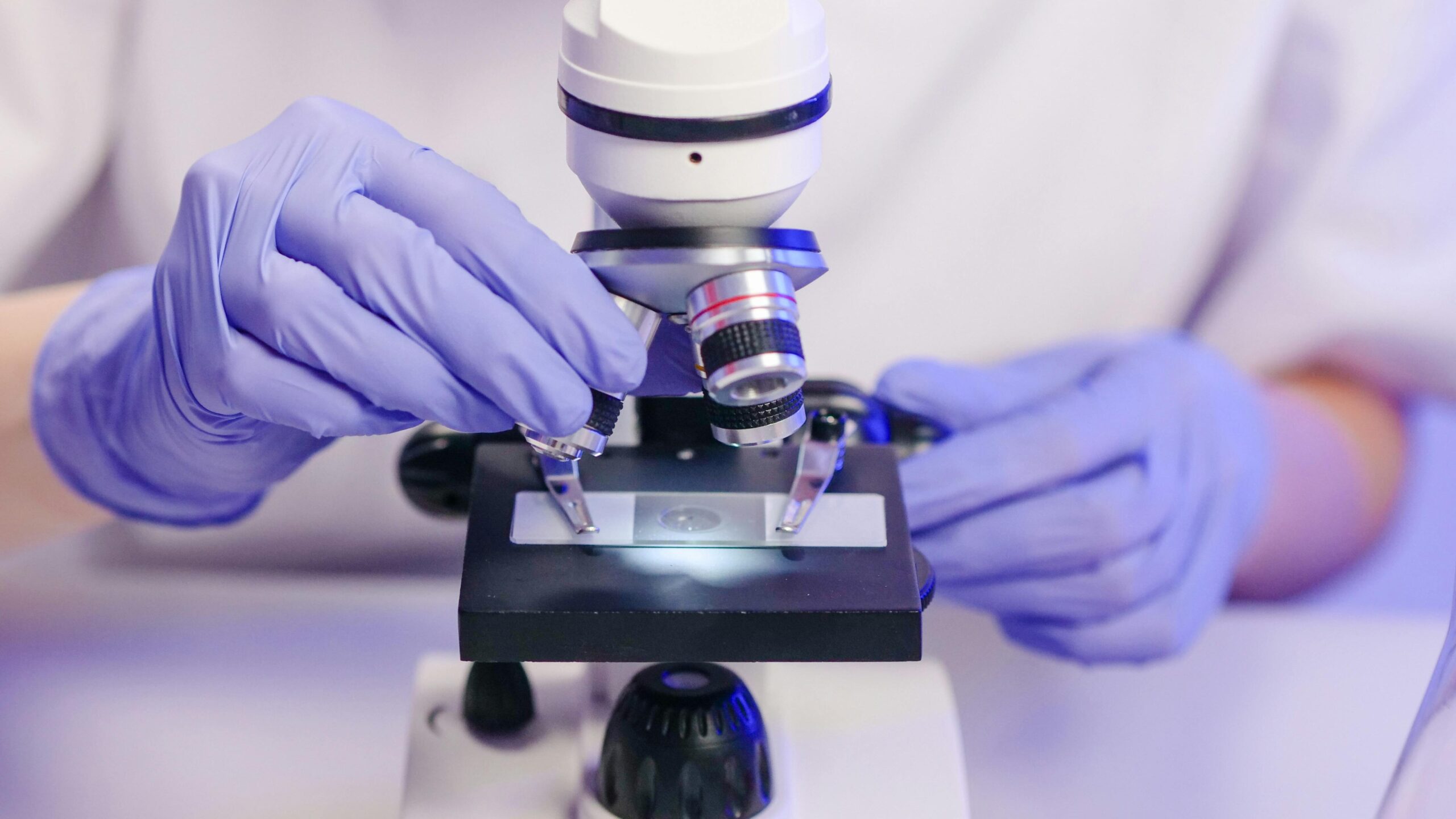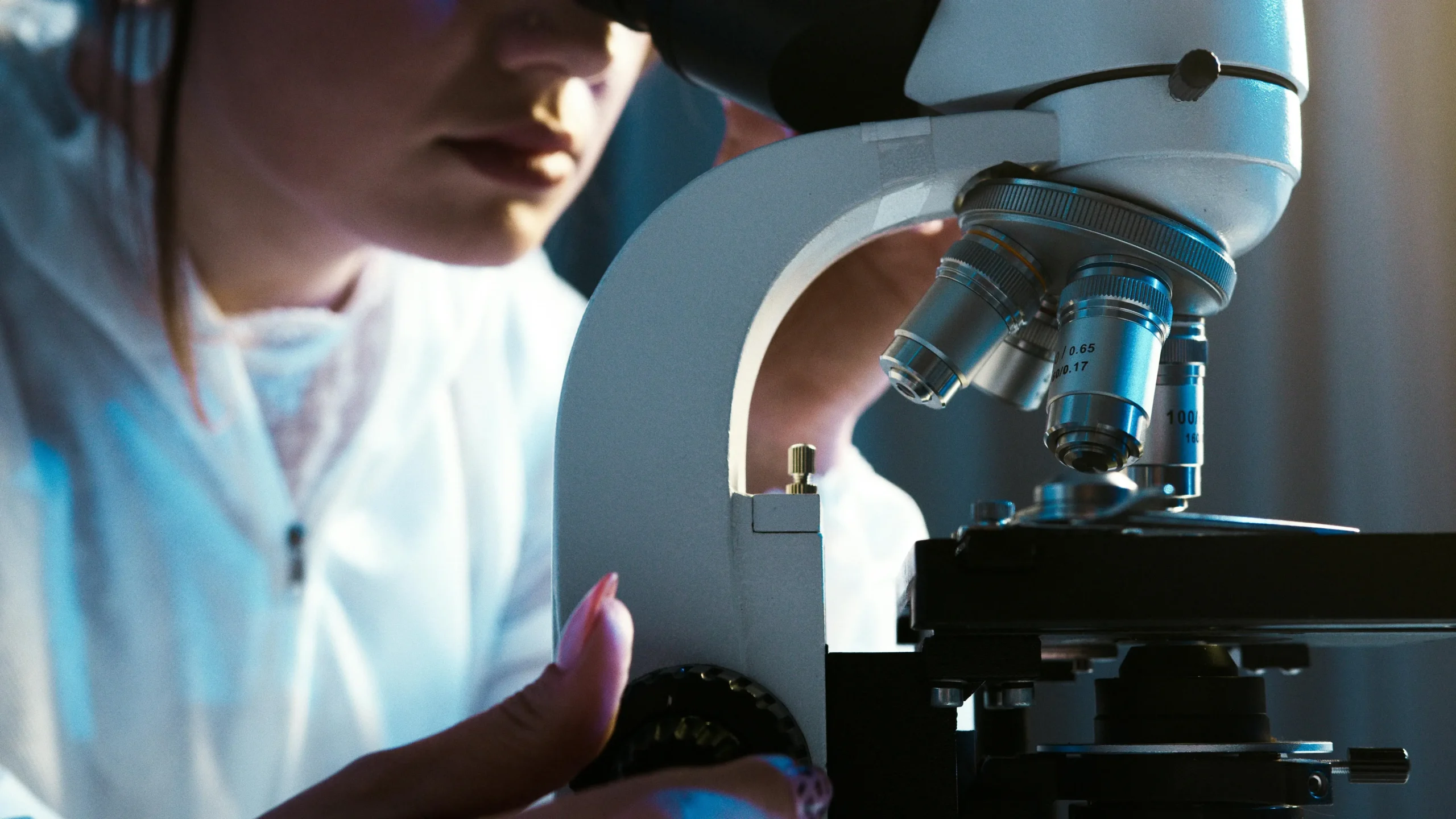Selecting the ideal microscope for your lab is like finding the ultimate research partner. It should align with your goals, budget, and technical demands. Whether you’re a seasoned researcher or a passionate beginner, choosing a microscope can feel overwhelming. But fear not! This guide will help you confidently navigate this complex decision. We hope this blog will ensure you to find a microscope that boosts your scientific journey.
Uncovering Your Microscope Research Needs
The first step in is understanding your research needs. Microscopes come in a wide range of types, each designed for specific applications. Ask yourself:
- What will you be analyzing? For intricate biological samples like cells or microorganisms, a powerful compound microscope is the way to go. If you’re working with larger specimens, like insects or plant tissues, a stereo (dissecting) microscope is a must-have.
- How much detail do you need? Are you observing simple structures, or do you need to explore the hidden depths of sub-cellular components? The level of magnification and resolution you require will guide your choice. Compound microscopes deliver exceptional magnification (up to 1000x or more), while stereo microscopes offer lower magnification but a dynamic view with impressive depth.
- Do you need to capture stunning images or videos? If so, consider a digital microscope or one with an advanced camera attachment. This is especially useful for documentation.

Balancing Your Budget Without Compromise
Once you have a clear understanding of your research needs, it’s time to think about your budget. They can range from a few hundred dollars to tens of thousands, depending on the features and capabilities. Here’s how to navigate this aspect:
- Entry-level is suitable for basic research and educational purposes. If you’re on a tight budget, you can find reliable compound microscopes with decent optics for under $1,000. These might not have all the bells and whistles, but they can be a great starting point.
- Mid-range typically offer better more advanced features, like built-in cameras and fluorescence capabilities. The built quality and optics are also better. These usually fall in the $1,000 to $5,000 range and are ideal for more advanced research labs that require versatile tools.
- High-end is for those who need the absolute best in optical performance and advanced features like confocal microscopy or super-resolution imaging. These can cost anywhere from $5,000 to over $100,000. If you’re running a high-stakes research project, these are the tools that will help you push the boundaries of science.
Digging into Technical Specifications
Now that you’ve considered your needs and budget, it’s time to dive into the technical specifications. Here’s what you need to keep an eye on:
1. Magnification and Resolution
Magnification is crucial, but it’s resolution—the ability to see what others can’t—that truly matters. Lab-grade compound microscopes offer magnifications from 40x to 1000x, which covers most biological research needs. If you need to see finer details, you may want to explore options like oil immersion lenses or higher-resolution digital sensors.
2. Optics Quality
The quality of the lenses (often referred to as “optics”) is crucial. Look for lenses made from high-quality glass (often labeled as “achromatic” or “plan-achromatic”) to ensure clear, sharp images. Some advanced models offer apochromatic lenses, which provide even better color correction and clarity, but these come at a premium.
3. Illumination
Illumination is another critical factor. Traditional halogen lights are being phased out in favor of LED illumination, which is more energy-efficient, lasts longer, and provides a cooler light source that won’t damage heat-sensitive samples. Consider microscopes with specialized illumination techniques like phase contrast or fluorescence to elevate your research.
4. Stage and Focus Controls
The microscope’s stage (where you place your sample) and focus controls are essential for ease of use. A mechanical stage with X-Y controls allows precise movement of the specimen, which is vital for detailed observations. Coarse and fine focus knobs help you zero in on your specimen with precision. If you’re planning to do a lot of imaging, consider a motorized stage that allows automated scanning of large samples.
5. Digital Integration
In today’s tech-driven world, digital integration is becoming increasingly important. Many modern microscopes offer USB or HDMI connections, built-in cameras, or even Wi-Fi connectivity, allowing you to capture images, record videos, and share your findings easily. Some systems also include software for image analysis, which can be a huge time-saver for data-heavy research projects.
For more information about Microscopes we advise to also read: conductscience.com
Considering Ergonomics and Usability
While technical specifications are important, don’t overlook the ergonomics and usability of your microscope. You’ll be spending a lot of time with this instrument, so comfort and ease of use matter. Look for a microscope that offers adjustable eyepieces, a comfortable viewing angle, and smooth, intuitive controls. If multiple users will be sharing the microscope, features like adjustable interpupillary distance and focus memory can be helpful.

Future-Proofing Your Investment
Lastly, think about the future. As your research evolves, so might your microscopy needs. It might be worth investing in a modular system that allows for upgrades and additional accessories down the line. This could include different objectives, camera attachments, or even advanced imaging modules. Starting with a solid, upgradable base model can save you money and headaches in the long run.
Conclusion: Your Ultimate Research Partner Awaits
Choosing the right microscope for your lab is a process that requires careful consideration of your research needs, budget, and technical requirements. By taking the time to evaluate these factors, you can find a microscope that will not only meet your current needs but also grow with you as your research progresses.
Remember, the right microscope is more than just a tool. It’s your window into a world of discovery. Whether you’re examining the intricacies of a cell or the fine details of a material, the right microscope will be your steadfast companion on your scientific journey.
So, take your time, do your research, and choose wisely. Your future self, and your research will thank you.
Ready to find the perfect microscope that will transform your research? Search for your next microscope here.





